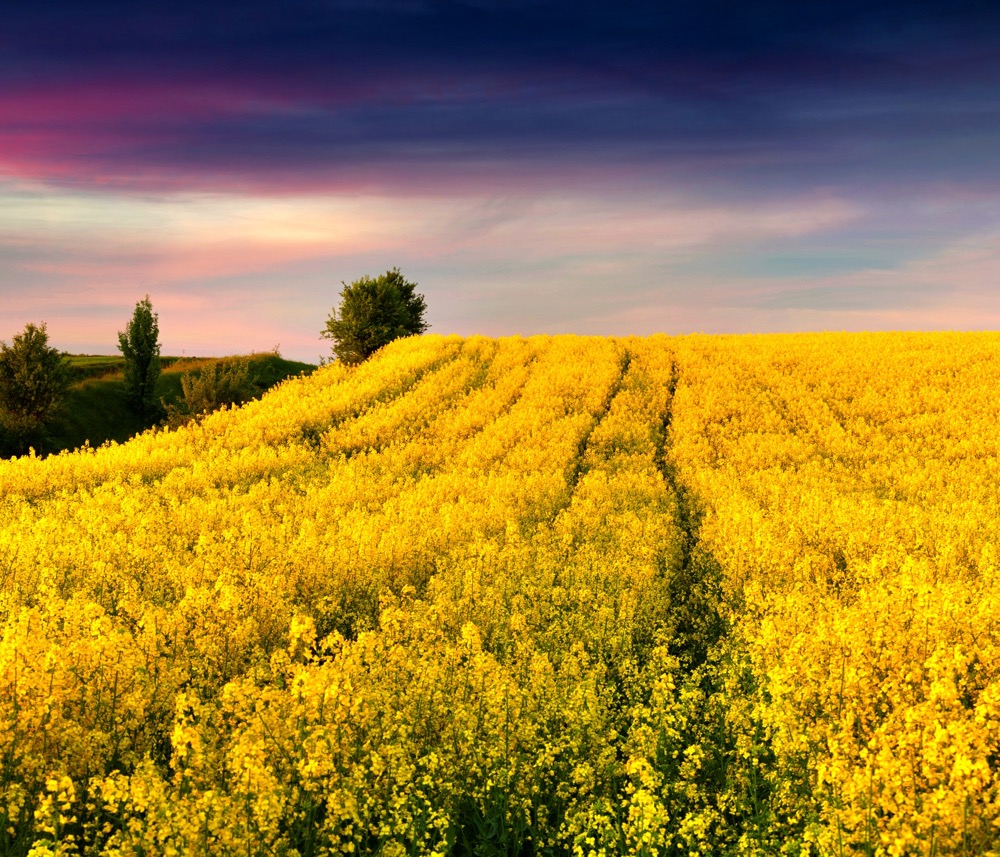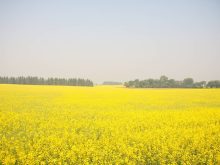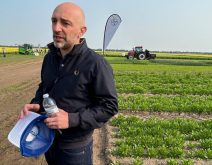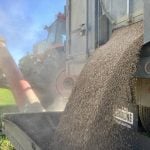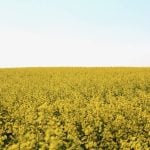Now that 2015 is pretty much under our belts, I think we can say, in general, that weather conditions got off to a fairly good start and then turned unusually dry for the balance of the season.
And when the rains eventually did come, they came at the wrong time — creating challenging conditions at harvest.
With that in mind, here are a few ways that 2015’s weather may have an effect on your agronomy — namely soil and weed management — going into 2016.
We don’t yet know what to expect this winter, or how heavy the snowfall will be. A good snow covering could help replenish your soil’s moisture stock, leading to fairly good seeding conditions come the spring.
Read Also
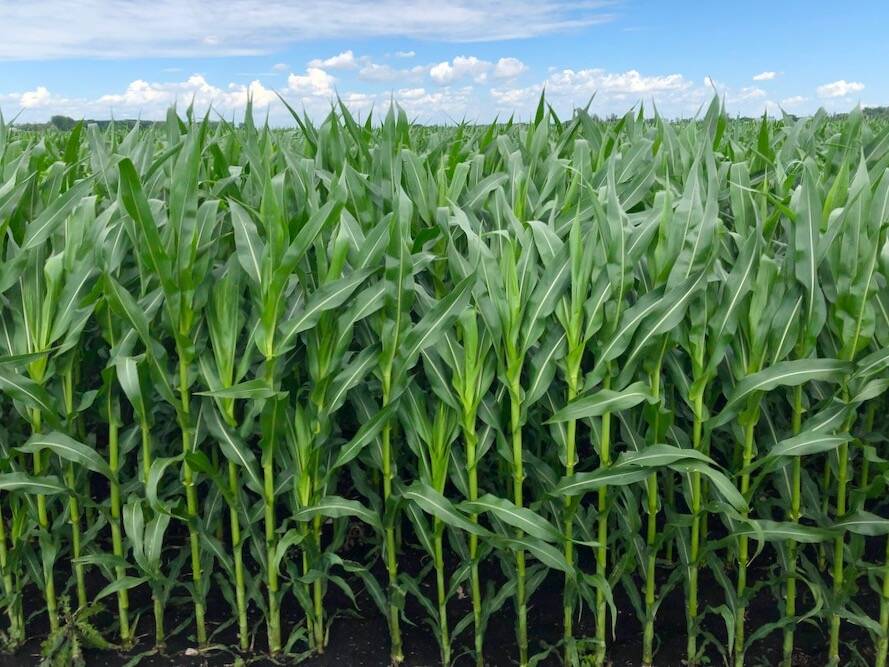
Cancer agency reclassifies another herbicide ‘probably carcinogenic’
The WHO’s cancer research agency has now put atrazine, a herbicide well known to corn growers, in the same potential-hazard category where the agency put glyphosate.
Due to the wet fall we’ve had in many parts, winter annual weeds may have already had anywhere from a one-month to three-month head start on growth. That’s why it’ll important to get out there and scout your fields before your spring glyphosate burn.
We also had a pretty healthy canola acreage this past year, which could translate to a lot of volunteer canola in the spring burn and 2016 crop. If last year’s canola yields were surprisingly good, you can bet there will be a healthy volunteer canola crop coming up as weeds.
This agronomy tip was brought to you by Rob Klewchuk, western technical lead, with Syngenta Canada.

